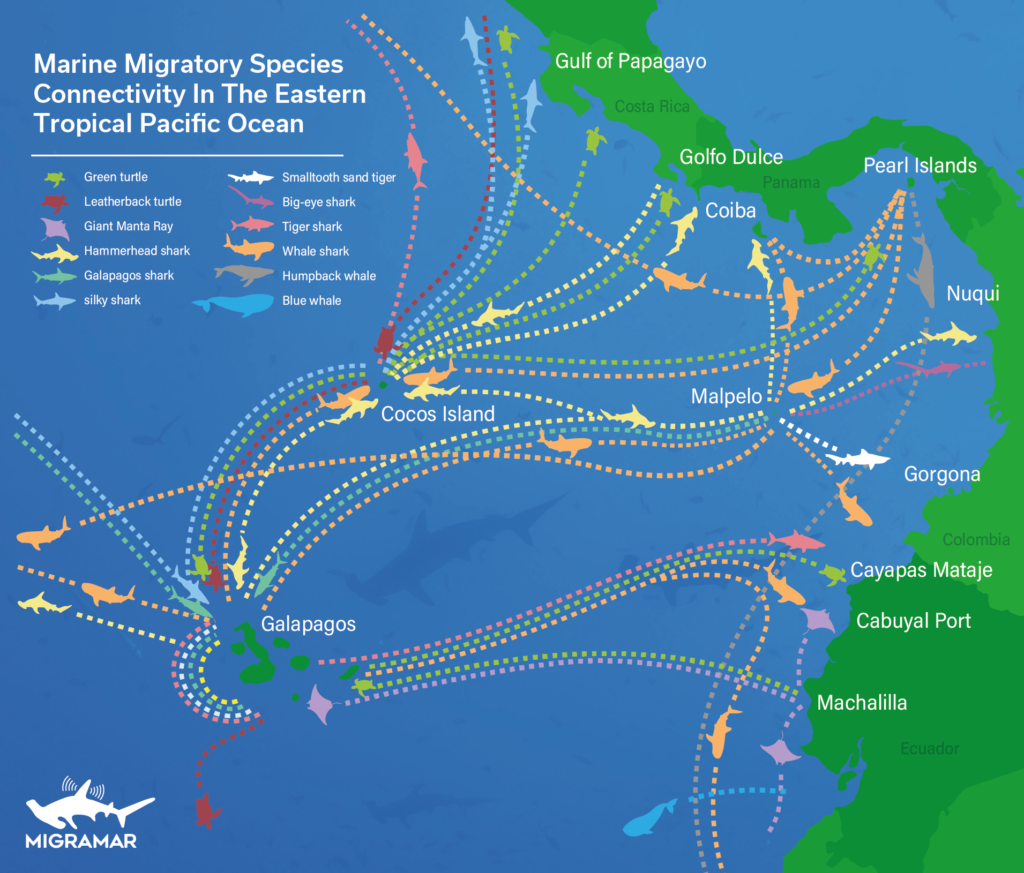Oceanic Drivers of Expected Losses from the Creation of Large Marine Protected Areas in the Eastern Tropical Pacific Ocean on Commercial Tuna Fleets

Abstract
The paper provides an upper-bound estimate of the potential short-run catch loss in tuna fisheries from potential large-scale marine protected areas in the Eastern Tropical Pacific Ocean. We examine the hypothetical closures of the Galapagos EEZ of Ecuador and/or the Costa Rica Thermal Dome. Using a set level dataset of purse seine tuna fishing from 1996 to 2016, we develop a method that decomposes the expected lost catch into two components: catch per set, number of sets in the potential area. This decomposition allows us to account for how protected areas and El Niño-Southern Oscillation (ENSO) regimes differently impact various aspects of the production process. Our findings reveal significant heterogeneity in the expected impacts across vessel classes and fishing flags. Smaller vessels from certain flags would face substantial impacts from closing the Galapagos EEZ, while others would be more affected by closing the Costa Rica Thermal Dome. Additionally, we find that oceanographic conditions influence the magnitude of potential losses, with colder regimes leading to higher losses in the Galapagos EEZ and warmer regimes resulting in greater losses in the Costa Rica Thermal Dome. Our analysis contributes to the growing literature on large-scale ocean closures and provides a valuable tool for policymakers to better understand the distributional impacts of marine protected areas under varying oceanographic conditions.
keywords: marine protected areas, migratory species